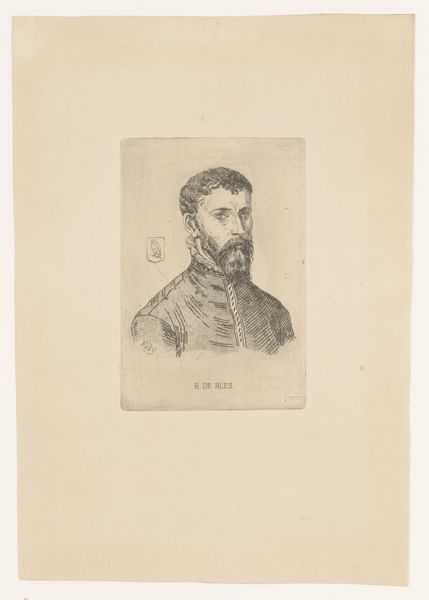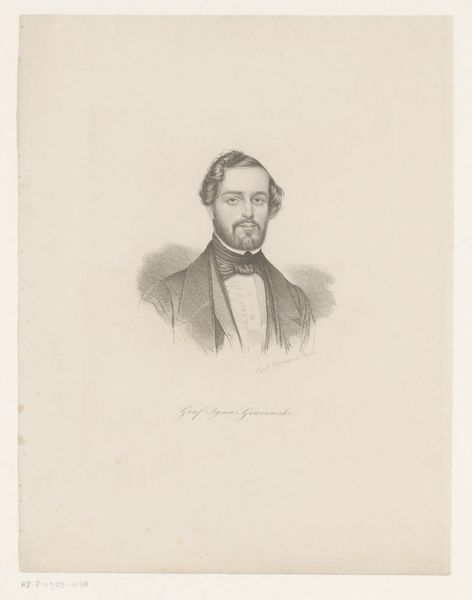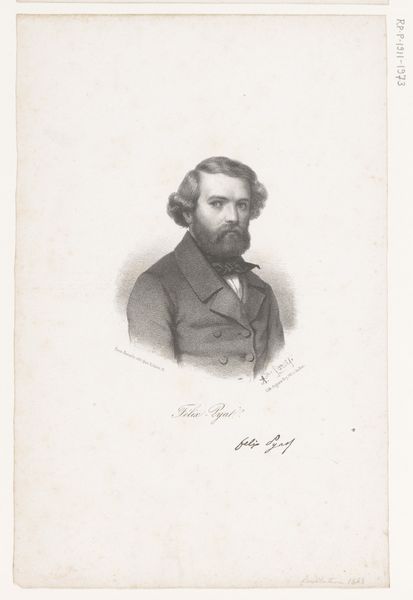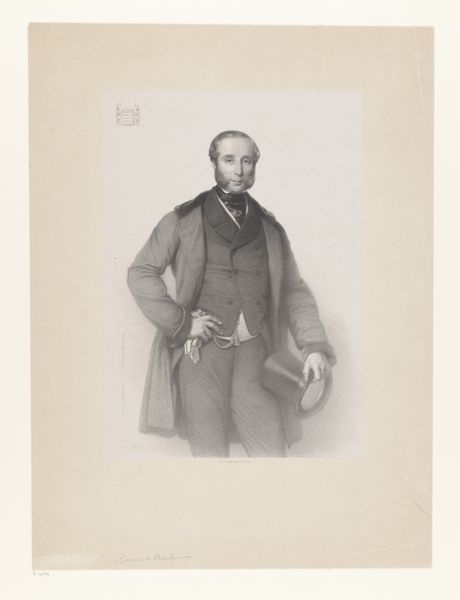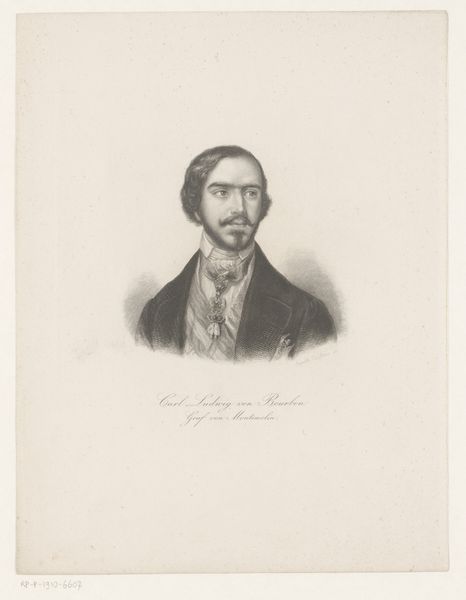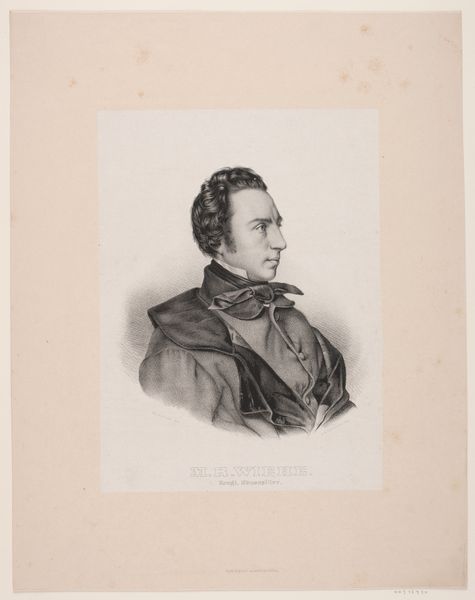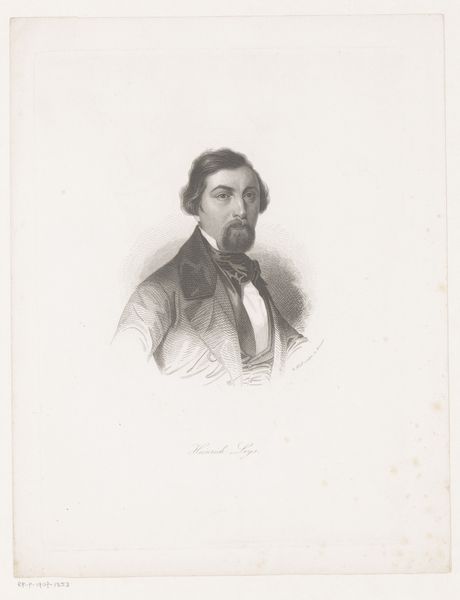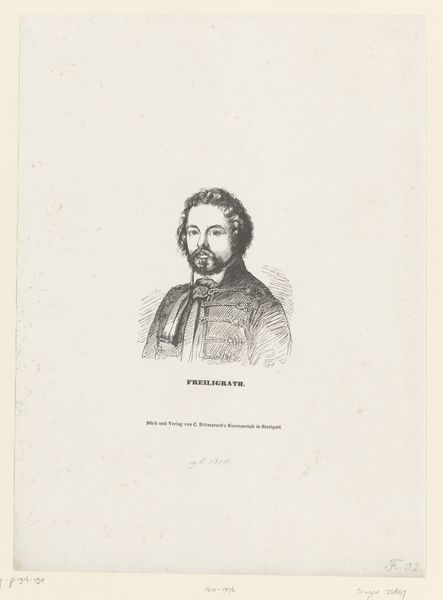
print, engraving
#
portrait
# print
#
old engraving style
#
engraving
#
realism
Dimensions: height 134 mm, width 112 mm
Copyright: Rijks Museum: Open Domain
Egidius Linnig made this self-portrait print in the Netherlands sometime in the mid-19th century. In this era, artists were starting to question the established institutions that shaped the art world. Here, Linnig presents himself in a straightforward manner, typical of the bourgeois style. The emphasis is on realistic detail and a sense of individual character. In the context of the 19th century, with its rigid social hierarchies, the very act of creating and circulating one's own image carries social meaning. Who gets to be seen, and how? The Rijksmuseum, where this print is housed, is itself a product of this era, an institution dedicated to collecting and displaying art for the public good. To understand this work more deeply, one could consult catalogs from contemporary art exhibitions or delve into the history of printmaking societies in the Netherlands. By situating Linnig's self-portrait within its social and institutional context, we can better appreciate its significance as a statement about the role of the artist in a changing world.
Comments
No comments
Be the first to comment and join the conversation on the ultimate creative platform.

